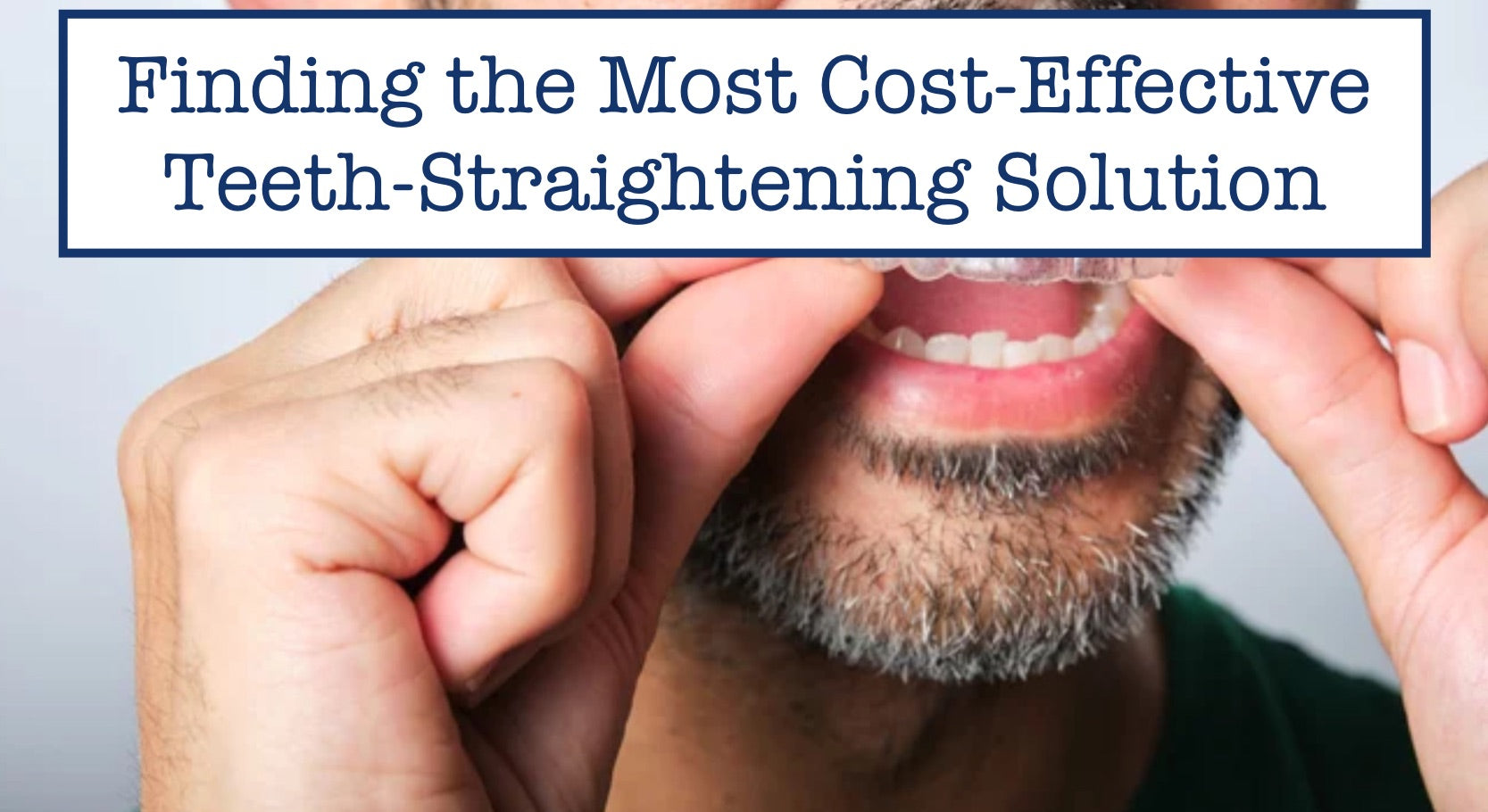Seeking affordable teeth straightening is common. While the “cheapest” method can vary based on individual needs, treatment complexity, and location, several options tend to be more budget-friendly than others.

Potentially Lower-Cost Options
- Traditional Metal Braces: Often, traditional metal braces provided by an orthodontist are the most cost-effective comprehensive treatment. They are highly effective for a wide range of alignment issues, including complex cases.
- At-Home Clear Aligners (Direct-to-Consumer): These systems can be significantly less expensive than in-office aligner treatments or traditional braces. They are generally best suited for mild to moderate cosmetic corrections. It is crucial to ensure a licensed dentist or orthodontist remotely oversees your case and deems you a suitable candidate before starting. Lack of regular in-person appointments is a key difference and potential drawback for some.
- Dental Schools or University Clinics: Receiving treatment from dental students under the direct supervision of experienced, licensed orthodontists can offer substantial cost savings. Treatment may sometimes take longer than in private practices.
- Retainers (for very minor adjustments): In some instances of very minor tooth movement, particularly relapse after previous orthodontic treatment, a simple retainer might be sufficient and less costly than full braces or aligners. This requires a professional assessment.
Factors Influencing Overall Cost
Beyond the type of appliance, several elements affect the final price:
- Severity of Misalignment: More complex dental issues require longer and more involved treatment, increasing the cost.
- Treatment Duration: The longer the treatment, the higher the overall expense.
- Single Arch vs. Dual Arch: Treating only the upper or lower teeth (single arch) will be cheaper than treating both.
- Geographic Location: Dental and orthodontic fees vary considerably by region.
- Dental Insurance: Check if your dental insurance plan includes orthodontic coverage, which can significantly reduce your out-of-pocket expenses.
- Payment Plans & Financing: Many orthodontic offices offer flexible in-house payment plans or work with third-party financing companies to make treatment more manageable.
- Health Savings Accounts (HSAs) or Flexible Spending Accounts (FSAs): Utilizing pre-tax dollars from these accounts can help lower the effective cost of treatment.
Important Final Considerations
Always begin with a professional consultation with a qualified dentist or orthodontist. They can accurately diagnose your specific condition, discuss all suitable treatment options (not just the cheapest), and provide precise cost estimates. The cheapest initial option is not always the best or most cost-effective in the long run if it fails to deliver desired results or leads to complications. Prioritize professional guidance to ensure a safe and effective outcome for your investment.










